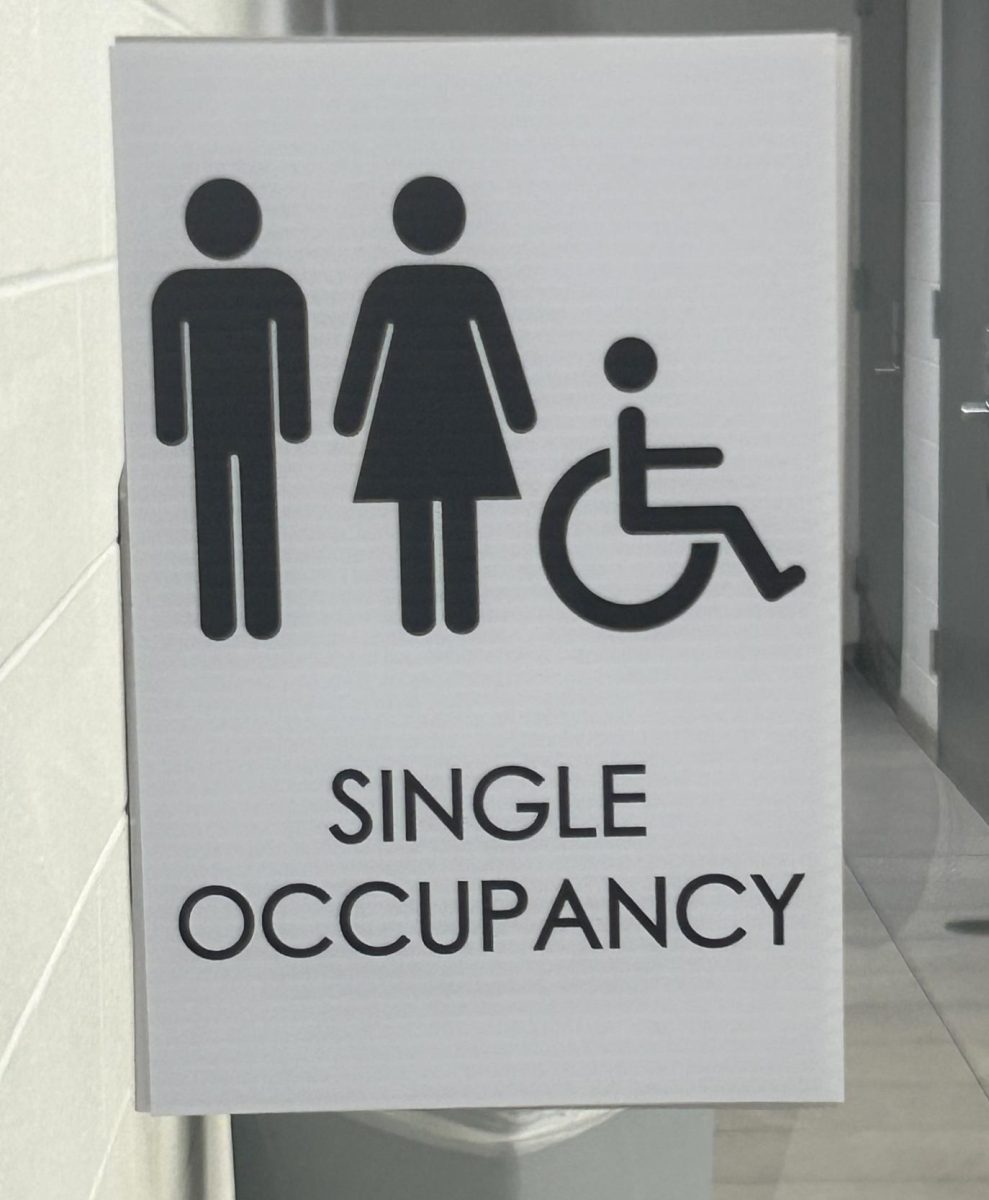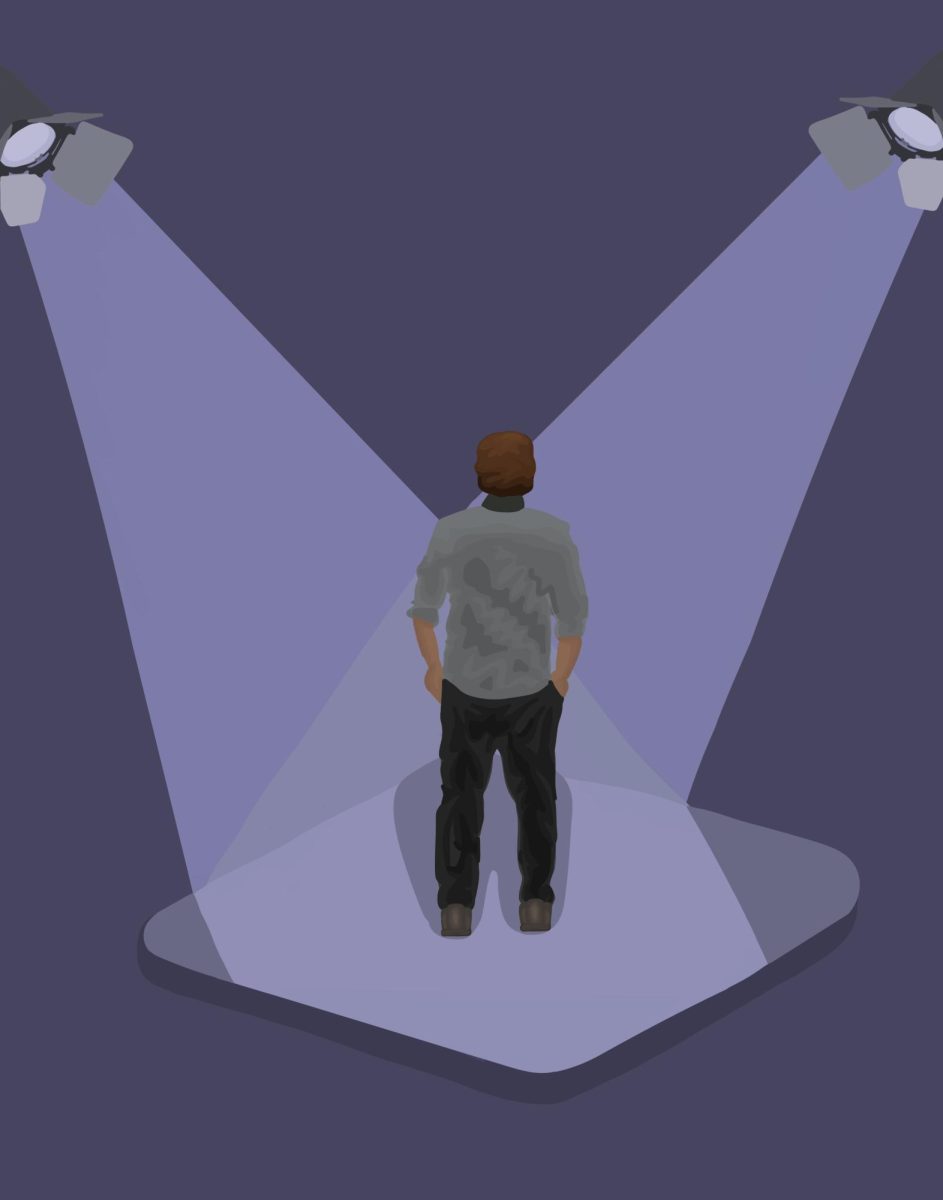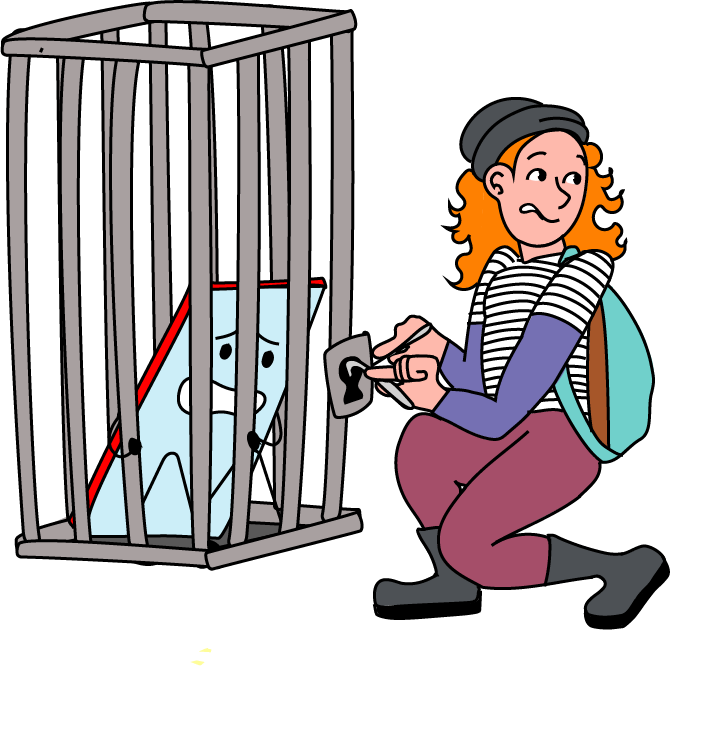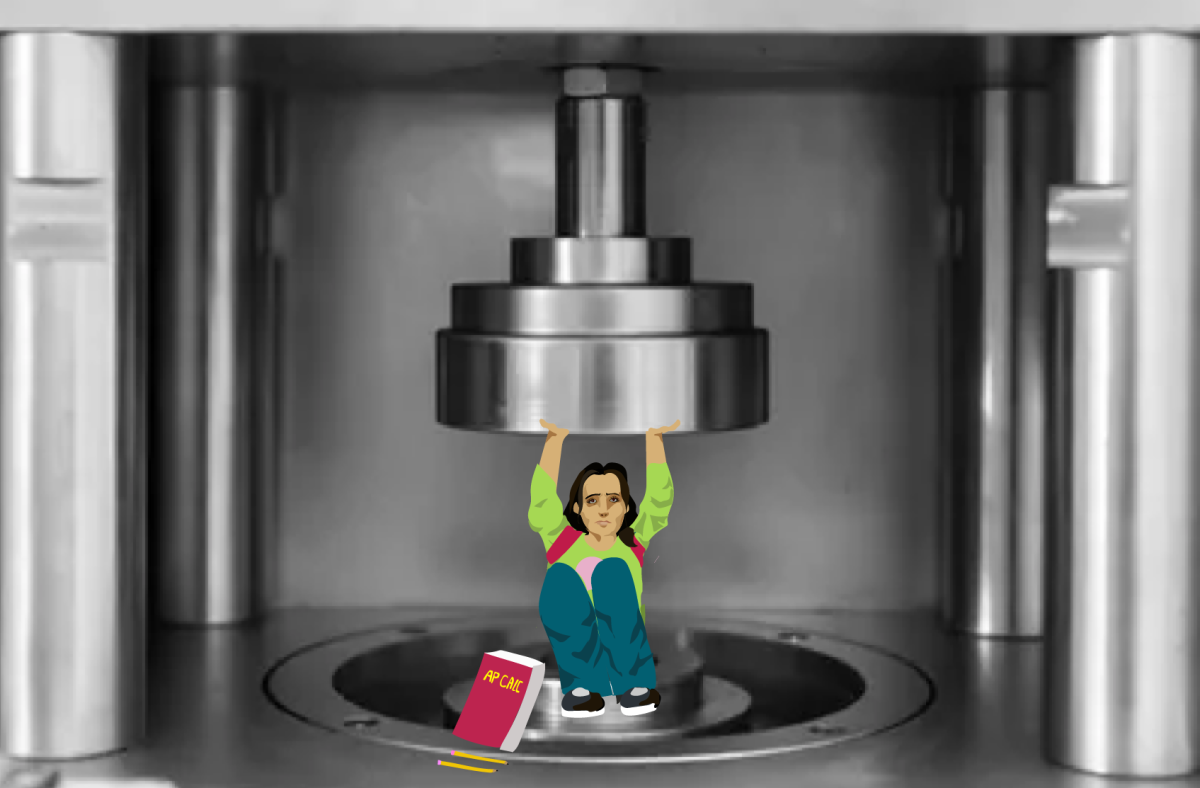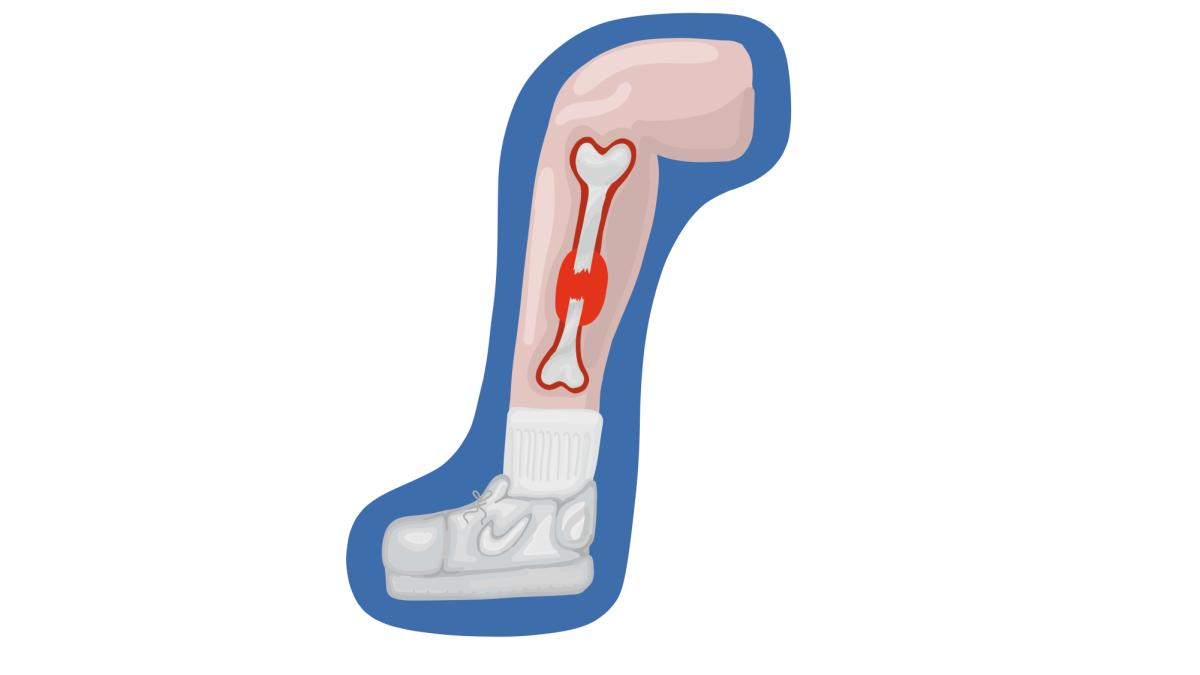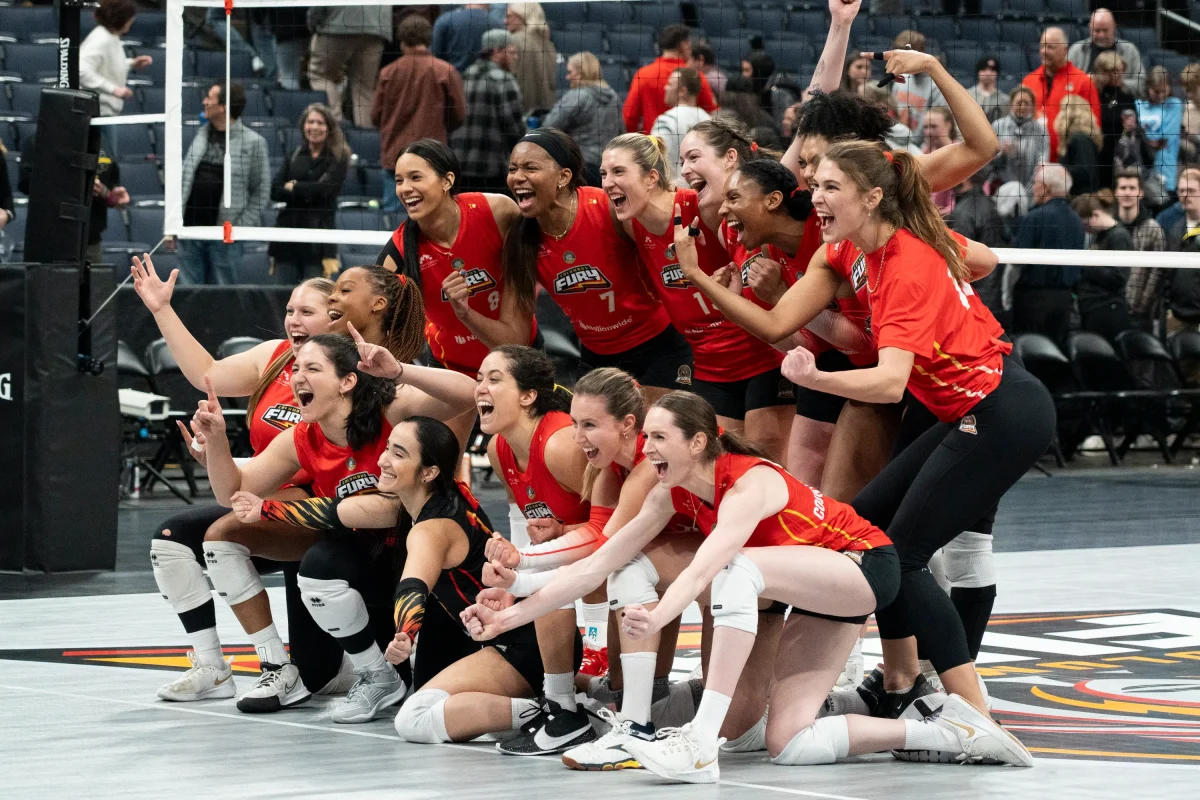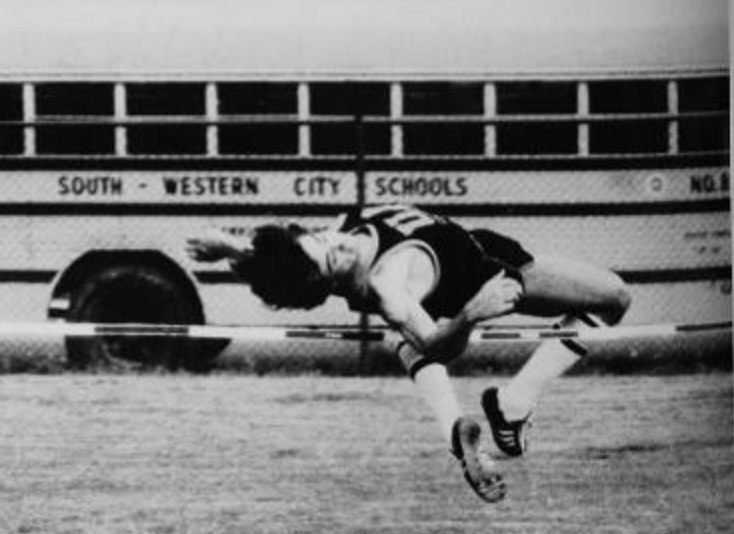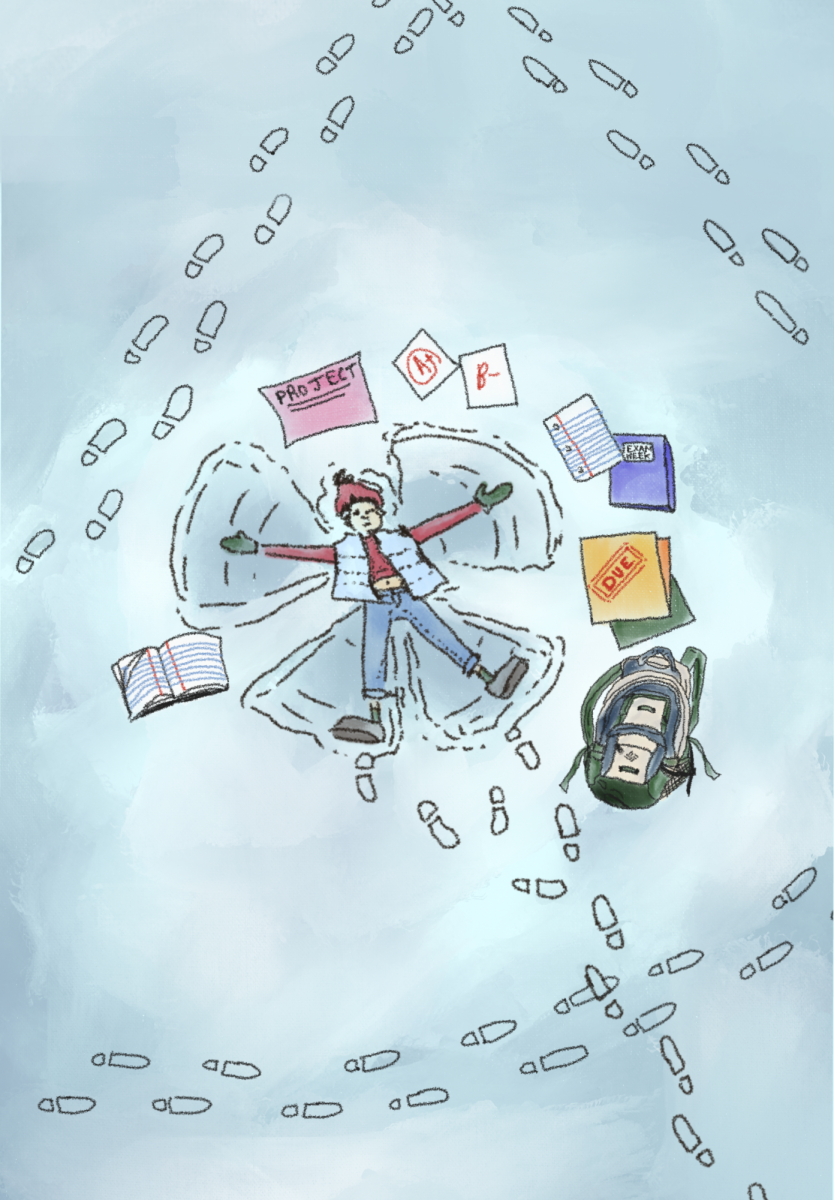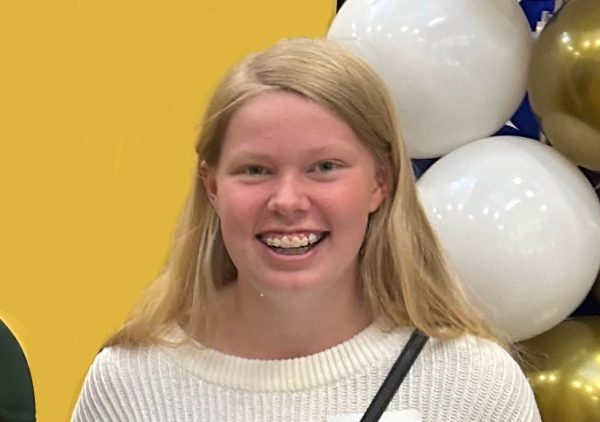Over the past few decades, more and more states have been enacting so-called common sense voter ID laws. These laws differ widely, but the most problematic form is photo ID laws like the one Ohio passed early last year. These laws require voters to present a photo identification at the polls. Acceptable forms of identification vary by state but typically include a driver’s license, passport, or state ID.
The justification for these laws is that they are needed in order to prevent voter fraud and protect the integrity of elections. But voter impersonation, the only form of voter fraud that photo ID prevents, is virtually nonexistent in America. The real purpose of these laws is to suppress the votes of minorities, low-income Americans, and other vulnerable groups.
The first photo ID law was passed by South Carolina in 1950. In the next 30 years, only three other states joined them. Today 37 states require voters to show identification at the polls. Early in 2023, Ohio passed its voter ID law. Ohio’s law allows for several forms of voter ID including a driver’s license, passport, state ID, and several forms of military ID.
All of these laws are targeted at preventing voter impersonation. Voter impersonation is a phenomenon in which one person shows up to the polls and casts a ballot for someone else. Proponents of these laws argue that this would continue to happen without these laws. However, there are other ways such as signature verification or asking voters to provide personal information, to ensure that people at the polls are who they say they are. Even more importantly, voter impersonation is incredibly rare.
The Heritage Foundation, a conservative outlet, showed only 13 cases from 2004 to 2019 in which one or more voters attempted to cast a ballot for someone else. Even assuming that not everyone who does this will be caught, if there were anywhere near enough cases to jeopardize the integrity of our elections, we would have seen more evidence for it than 13 convictions in 15 years. Similarly, the Brennan Center for Justice, a nonprofit law and public policy institute, says that only 0.00004% of all ballots cast in the 2016 presidential election were instances of in-person voter impersonation.
But even if there is no evidence of rampant voter fraud, these laws aren’t having any negative effects, are they? As many as 11% of voters lack the kinds of identification these laws require, and they are disproportionately minorities, seniors, students, those with disabilities, and low-income voters.
In Ohio, those who do not possess the proper form of ID can acquire a state ID solely to vote. These IDs are obtained through the BMV through nearly the same process as getting a driver’s license. However, as I’m sure many UAHS students are well aware, the BMV is notoriously a slow cumbersome roadblock. There are many documents required in order to prove your identity and receive an ID card and these documents, such as a birth certificate can be difficult or expensive to obtain, more so for lower-income or minority voters than for a teenager living in a wealthy area like Upper Arlington. Rural and Native American voters born at home or on a reservation may lack a birth certificate or other paperwork necessary to get an ID, and many college students rely on a student ID which isn’t always an acceptable form of ID.
That also doesn’t take into account the hassle of going to the BMV and waiting in long lines which many voters may not have time for due to other responsibilities, and many voters especially in rural areas may have to go far out of their way. All of this helps to explain why in states with stricter photo ID requirements, voter turnout has been consistently lower.
Photo identification laws are nothing more than a modern version of Jim Crow laws. They’re a workaround of the system to find a technically legal way to deny people their fundamental liberties.
They don’t prevent voter fraud, which almost never happens regardless. They only serve to disenfranchise minorities and other vulnerable groups and give those advocating them a boost in the polls at the cost of their constituents’ voices.
Voting is a right that must be accessible to every eligible voter, not a privilege for which voters should have to hunt down documents and spend hours in line at the BMV.


